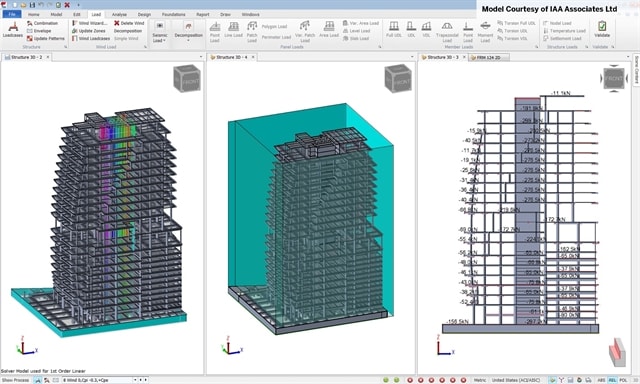jmen68
Civil/Environmental
- May 7, 2012
- 40
I plan to be giving a brief talk during an AWS - Welders Night Out about topics we engineers think about when designing welds. Not calculations but some "whys and other things related". If you all wouldn't mind letting me know from your experiences what are some things you would or possibly should have communicated to welders building your designs over time.
Some of the things I plan on talking about are; over welding how it is costly and not necessary a stronger connection and how welding restraints can introducing stress. I am extremely interested in hearing about your topics if you wish to share. Thanks.
Some of the things I plan on talking about are; over welding how it is costly and not necessary a stronger connection and how welding restraints can introducing stress. I am extremely interested in hearing about your topics if you wish to share. Thanks.





![[bigsmile] [bigsmile] [bigsmile]](/data/assets/smilies/bigsmile.gif)